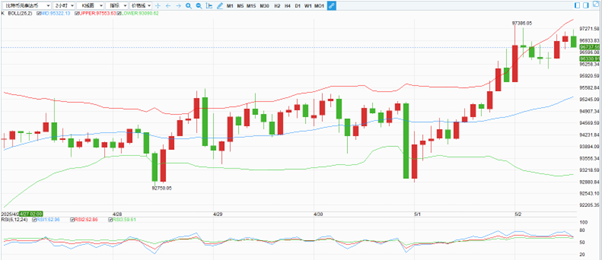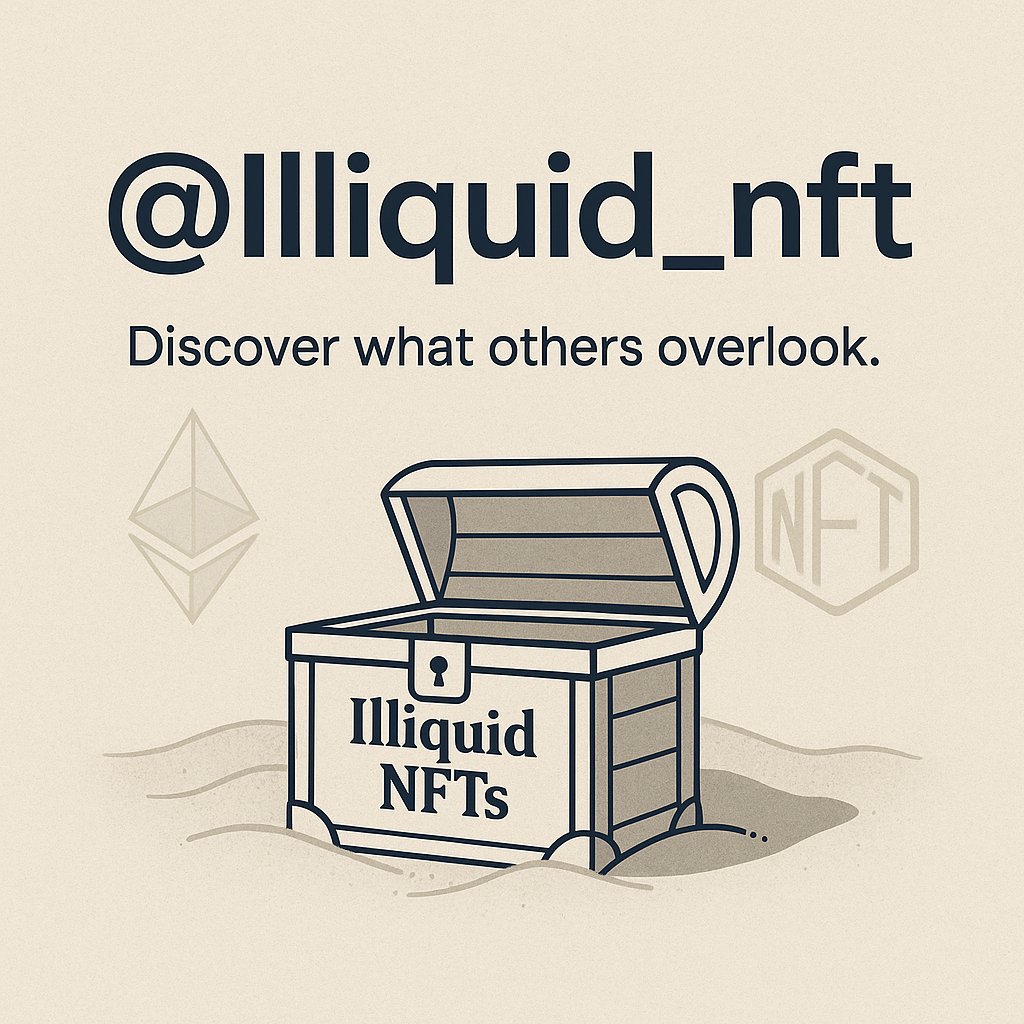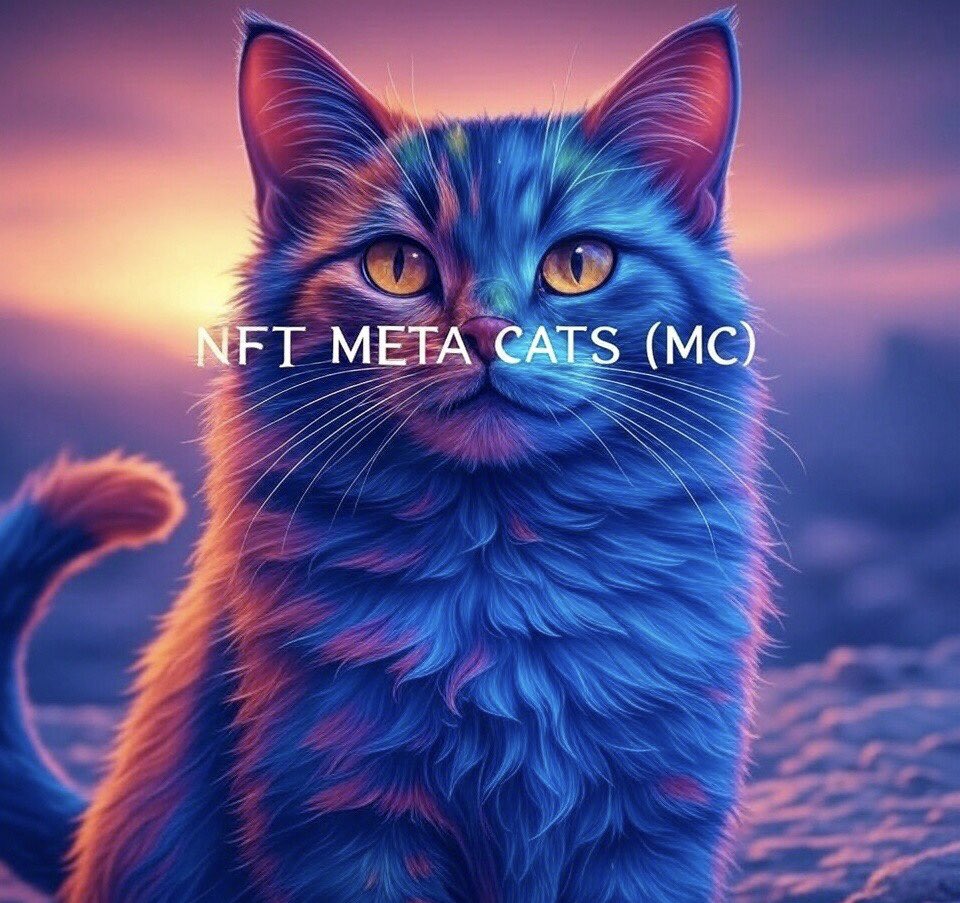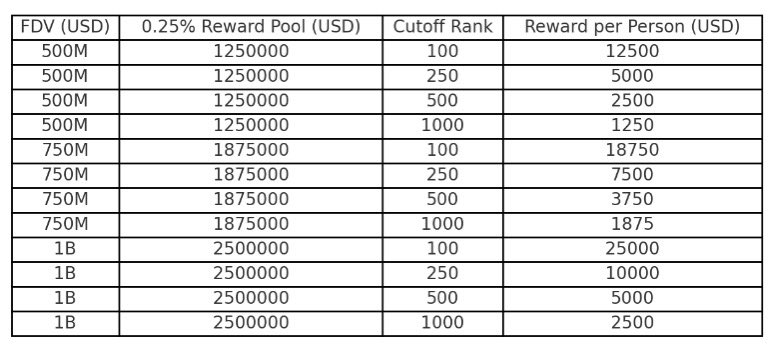The Intersection of Blockchain and Traditional Finance
In the rapidly evolving world of finance, the intersection of blockchain technology and traditional financial systems is becoming increasingly prominent. This convergence is reshaping how we think about investments, transactions, and economic stability. Let’s delve into the current landscape, focusing on the latest trends and analyses that are driving this transformation.
The Current State of Crypto and Blockchain
A Market of Fluctuations
The crypto market has seen significant fluctuations in recent years, with Bitcoin and Ethereum leading the charge. As of May 2025, the market is experiencing a mix of optimism and caution. Bitcoin, the pioneer of cryptocurrencies, continues to be a barometer for the overall market sentiment. Its price movements often reflect broader economic trends and investor confidence. For instance, Bitcoin’s recent surge can be attributed to increased institutional investment and growing acceptance as a store of value [1].
Ethereum, on the other hand, is not just a cryptocurrency but a platform for decentralized applications (dApps) and smart contracts. Its ecosystem is thriving, with numerous projects leveraging its capabilities to create innovative financial solutions. The introduction of Ethereum 2.0 has further enhanced its scalability and security, making it a preferred choice for developers and investors alike. The transition to proof-of-stake has significantly reduced energy consumption, addressing one of the major criticisms of blockchain technology [2].
The Rise of Altcoins
Beyond Bitcoin and Ethereum, the altcoin market is also experiencing significant growth. Coins like Solana, Cardano, and Polygon are gaining traction due to their unique features and use cases. Solana, for example, offers high transaction speeds and low fees, making it an attractive option for decentralized finance (DeFi) applications. Cardano, with its focus on security and sustainability, is appealing to environmentally conscious investors. Polygon, as a layer-2 solution, is enhancing the Ethereum ecosystem by providing scalability and interoperability.
The Rise of Omnichain and DeFi
Seamless Interoperability
Omnichain technology is gaining traction as it allows for seamless interoperability between different blockchain networks. This interoperability is crucial for the growth of decentralized finance (DeFi), which aims to create a financial system that is open, transparent, and accessible to everyone. DeFi platforms are disrupting traditional financial services by offering lending, borrowing, and trading services without the need for intermediaries.
One of the most exciting developments in the DeFi space is the rise of liquidity pools and yield farming. These mechanisms allow users to earn passive income by providing liquidity to decentralized exchanges. However, they also come with risks, such as impermanent loss and smart contract vulnerabilities. Investors need to be well-informed and cautious when participating in these activities. The recent hack of a prominent DeFi platform highlights the importance of security audits and risk management in the DeFi ecosystem.
The Future of DeFi
The future of DeFi looks promising, with continuous innovation and adoption. The integration of real-world assets (RWAs) into the DeFi ecosystem is opening up new opportunities. RWAs tokenization platforms allow for the digitization of physical assets, making them more accessible and liquid. This trend is likely to continue, as more industries explore the potential of blockchain and DeFi to transform their operations. The collaboration between traditional financial institutions and DeFi platforms is also on the rise, bridging the gap between the old and the new financial systems.
The Role of NFTs in the Financial Ecosystem
Unique Digital Assets
Non-fungible tokens (NFTs) have emerged as a significant player in the financial landscape. NFTs represent unique digital assets, ranging from art and collectibles to real estate and intellectual property. They have opened up new avenues for investment and ownership, allowing creators and investors to monetize digital content in ways that were previously impossible.
The NFT market has seen explosive growth, with high-profile sales and collaborations grabbing headlines. For example, the sale of a digital artwork for millions of dollars showcased the potential of NFTs as a new asset class. However, it is not without its challenges. Issues such as copyright infringement, market manipulation, and environmental concerns related to energy consumption have raised questions about the sustainability and ethics of the NFT ecosystem. The recent controversy surrounding the environmental impact of NFTs has led to a push for more sustainable practices in the industry.
The Evolution of NFTs
The evolution of NFTs is not just limited to digital art. NFTs are being used in various industries, from gaming to real estate. In the gaming industry, NFTs are enabling true ownership of in-game assets, allowing players to trade and sell their virtual items. In the real estate sector, NFTs are being used to represent property ownership, making the process of buying and selling property more efficient and transparent. The integration of NFTs into the financial ecosystem is creating new opportunities and challenges, pushing the boundaries of what is possible.
Economic Indicators and Market Sentiment
Nonfarm Payrolls and Job Market Health
Economic indicators play a crucial role in shaping market sentiment and investment decisions. Nonfarm payrolls, for instance, provide insights into the health of the job market, which in turn affects consumer spending and economic growth. The recent nonfarm payrolls report showed a positive trend, with job growth exceeding expectations. This has boosted market sentiment, reflecting optimism about the economic recovery.
The Federal Reserve’s monetary policy, including interest rates and quantitative easing, also has a significant impact on financial markets. The recent decision by the Federal Reserve to maintain low-interest rates has provided a boost to the stock market, with investors seeking higher returns in a low-interest-rate environment. However, the long-term effects of this policy remain to be seen, as inflation concerns continue to linger.
Tech Stocks and Market Volatility
In May 2025, the economic data suggests a mixed outlook. While some sectors are showing signs of recovery, others are still grappling with the aftermath of recent economic shocks. The tech stocks, in particular, have been volatile, reflecting the uncertainty in the global market. The Nasdaq, a key index for tech stocks, has seen fluctuations, with investors closely watching for signs of a rebound. The recent surge in tech stocks can be attributed to the growing demand for technology solutions in the post-pandemic world, as well as the increasing adoption of digital technologies.
The Impact of Global Events on Financial Markets
Geopolitical Tensions and Regulatory Changes
Global events, such as geopolitical tensions and regulatory changes, can have far-reaching effects on financial markets. For example, the imposition of tariffs by the U.S. government has led to increased costs for businesses and consumers, affecting supply chains and economic growth. Similarly, regulatory developments in the crypto space can either boost or hinder the adoption of blockchain technology. The recent regulatory crackdown on cryptocurrencies in some countries has raised concerns about the future of the industry, while the introduction of favorable regulations in others has provided a boost to the market.
Investors need to stay informed about these events and their potential impact on their portfolios. Diversification and risk management strategies are essential for navigating the complexities of the current financial landscape. The recent geopolitical tensions in the Middle East have highlighted the need for a diversified portfolio, as the impact of these events on the global economy remains uncertain.
The Role of Central Banks
Central banks play a crucial role in shaping the global economy and financial markets. The actions of central banks, such as interest rate changes and quantitative easing, have a significant impact on financial markets. The recent decision by the European Central Bank to maintain low-interest rates has provided a boost to the European stock market, with investors seeking higher returns in a low-interest-rate environment. However, the long-term effects of this policy remain to be seen, as inflation concerns continue to linger.
The Future of Financial Analysis
The Integration of AI and Machine Learning
As we look to the future, the role of artificial intelligence (AI) and machine learning in financial analysis is becoming increasingly important. AI-driven tools can process vast amounts of data and provide insights that would be impossible for human analysts to achieve. This technology is being integrated into various financial services, from trading algorithms to risk management systems. The recent surge in the use of AI in financial analysis can be attributed to the growing demand for data-driven decision-making, as well as the increasing complexity of the financial markets.
The integration of real-world assets (RWA) and AI is also creating new opportunities. RWA tokenization platforms, for instance, allow for the digitization of physical assets, making them more accessible and liquid. This trend is likely to continue, as more industries explore the potential of blockchain and AI to transform their operations. The recent collaboration between a major tech company and a traditional financial institution to develop an AI-driven RWA tokenization platform highlights the growing interest in this area.
The Evolution of Financial Analysis
The evolution of financial analysis is not just limited to the integration of AI and machine learning. The use of alternative data sources, such as social media and satellite imagery, is also transforming the way financial analysts make decisions. The recent surge in the use of alternative data can be attributed to the growing demand for more accurate and timely insights, as well as the increasing availability of data.
The integration of blockchain technology into financial analysis is also creating new opportunities. The use of blockchain-based smart contracts is enabling more secure and transparent financial transactions, while the use of blockchain-based data analytics is providing more accurate and reliable insights. The recent collaboration between a major financial institution and a blockchain startup to develop a blockchain-based data analytics platform highlights the growing interest in this area.
Conclusion: Embracing the Future
The convergence of blockchain technology and traditional finance is reshaping the financial landscape in profound ways. From the rise of DeFi and NFTs to the integration of AI and machine learning, the future of finance is being reimagined. As investors and analysts, it is crucial to stay informed and adapt to these changes. The challenges and opportunities that lie ahead will require a blend of innovation, caution, and strategic thinking. Embracing this future means being open to new ideas and technologies, while also being mindful of the risks and uncertainties that come with them. The journey is just beginning, and the possibilities are endless.
—
References











